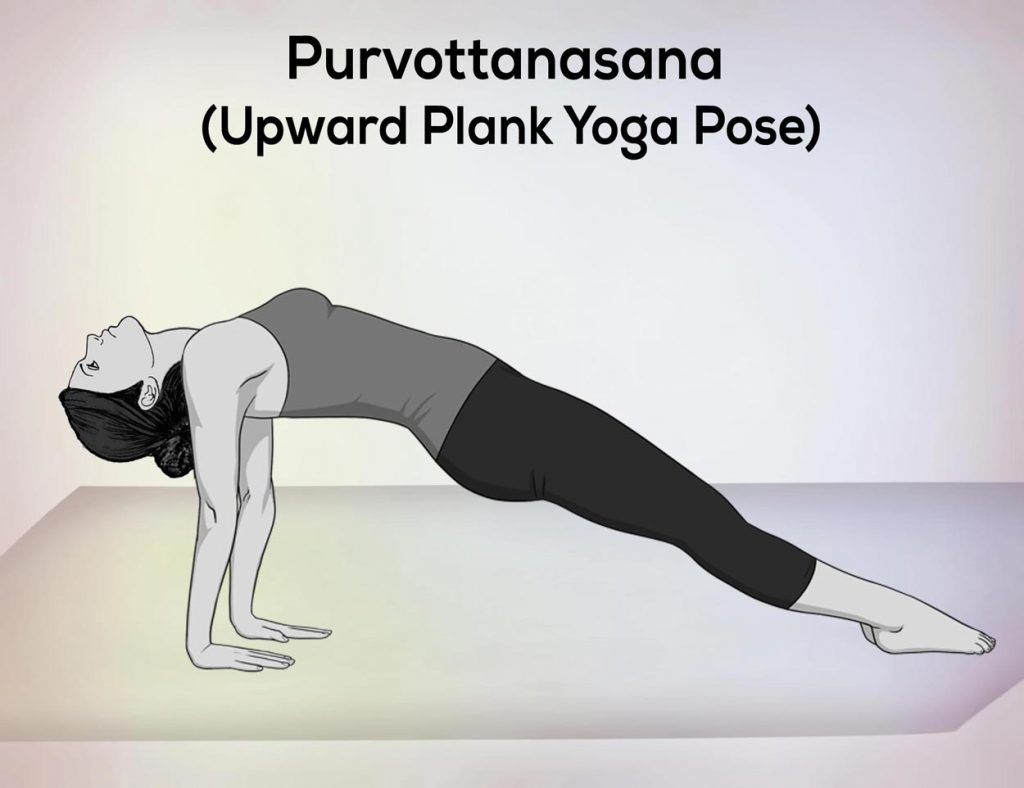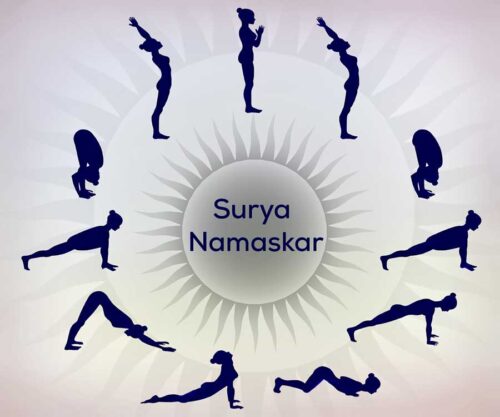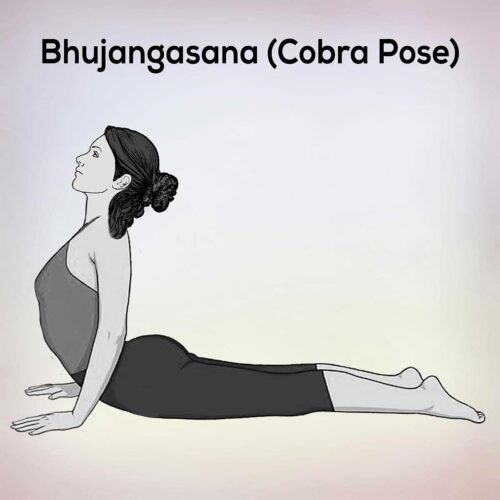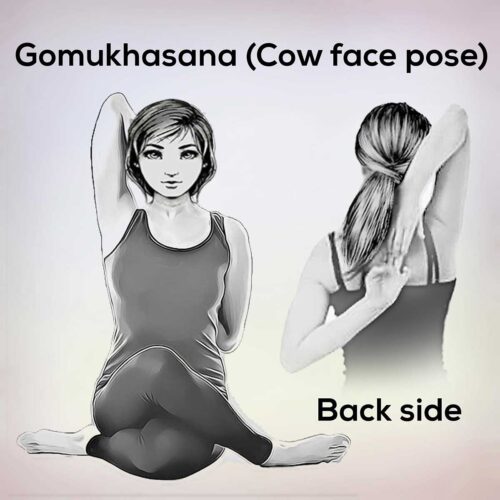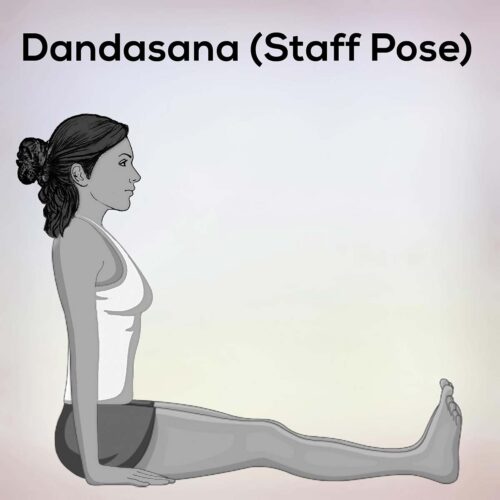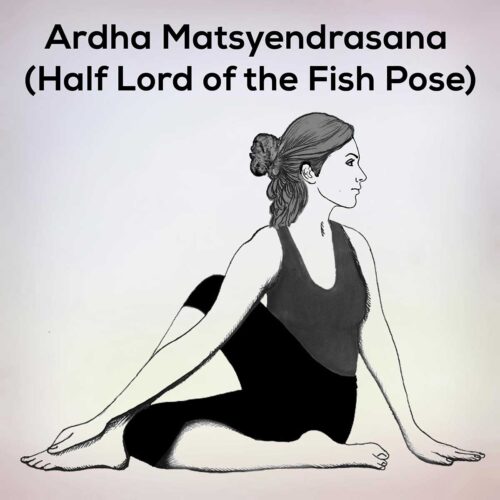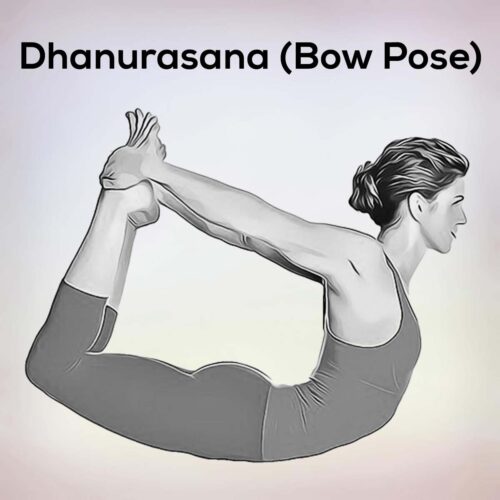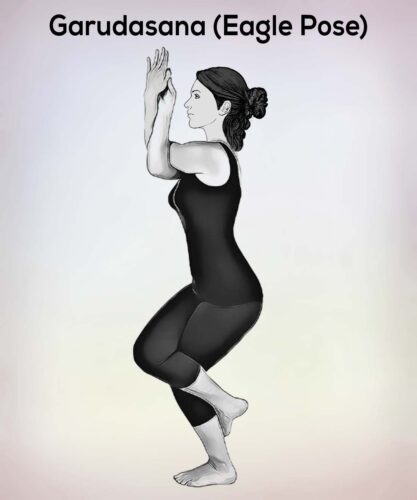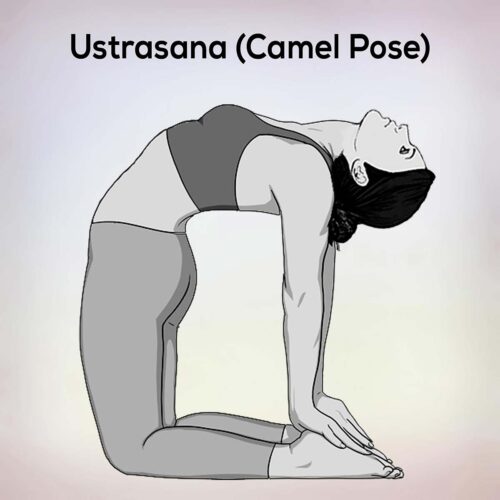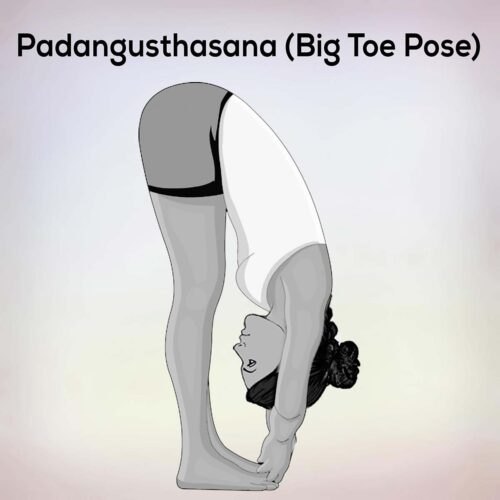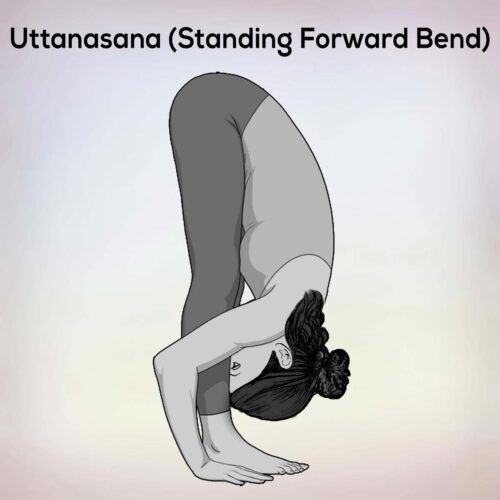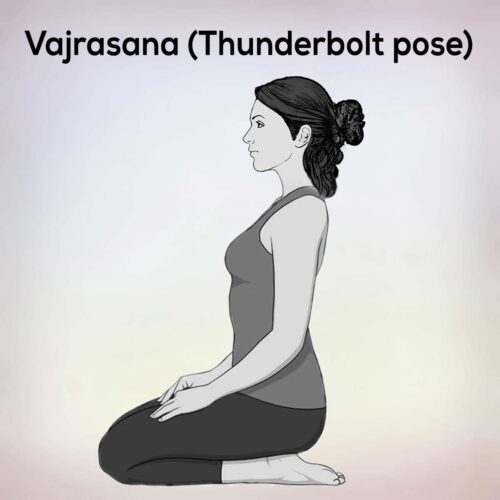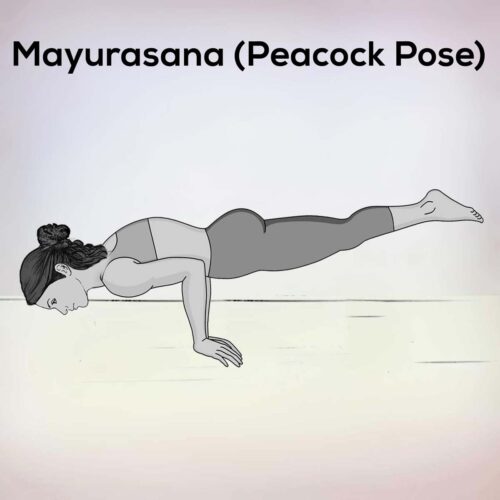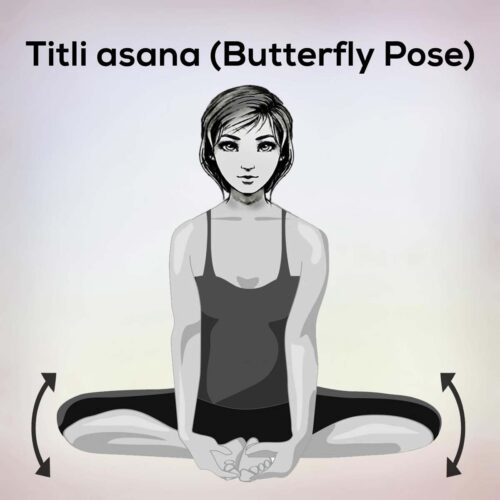Purvottanasana (Upward Plank Yoga Pose): Steps, benefits, and precautions
Purvottanasana, Yoga has given great importance to the performance of Asanas along with the importance of Surya Darshan and Sun’s energy. According to Purvottanasana in yoga, Purva is the former, and transcendence means getting up.
As the sun “rises in the east and sunset in the west,” the east is known as the direction of new beginnings and budding potential. It is an asana performed in the glory of the rising sun. For this, get up early and open your body and you are going deeper into the practice as the sun’s strong potential.
In English, this asana has very numerous names – Upward Plank Pose, Reverse Plank Pose, Inclined Plane Pose, Inclined Plank Pose, Upward Plane Pose, or Back Bend Pose.
East is the direction, beginning, potential, and area of the rising sun. We can all more clearly see our own special growing potential. However, we cannot reach alone. We draw on the quality of the center and legs, and furthermore the support of the shoulders as they pull under the base of the heart and lift it high.
There is a lot in our yoga routine of life, we can pick up our most notable idols without doing back. It takes solid cooperation with our quality center, Mental, emotional, and physical, to allow us to be unbound within our realm.
This article explains the benefits of the Upward Plank Yoga Pose and the right way to practice it. The precautions to be taken while practicing this asana are also discussed.
Let us know the steps to practice Purvottanasana Pose and its various benefits.
1)- Upward Plank Yoga Pose Steps: The right to do Purvottanasana
2)- Benefits of Purvottanasana
3)- Precautions for Purvottanasana
Upward Plank Yoga Pose Steps: The right to do Purvottanasana
To practice Purvottanasana in the right way, follow the steps given below:
1)- Firstly you sit get into the Staff pose (Dandasana).
2)- Place your hands behind your hips, in such a way that your fingers are coming towards your feet.
3)- Now bend your knees, place your feet on the floor. Your feet should be of different hip-width.
4)- To raise your hips in such a way hing your hands and feet on the ground and push vigorously so that they are parallel like your shoulders. Keep your arms straight.
5)- Include the muscles of your spine as you fix (straighten) your feet and point your toes outward. Raise your hips as high as possible, and keep your gluts firm and your feet strong as well.
6)- Now lift your mid-section (chest) up and allow your shoulders to roll over your back. Give your head a chance to hang behind you, yet be careful with your neck.
7)- In the pose, inhale and exhale about 5 to 6 breaths, then and bring your body down and go to the starting posture.
8)- Repeat this process about 3 to 5 times.
Benefits of Purvottanasana
Purvottanasana has some excellent benefits. The points given below are as follows.
- This asana strengthens your arms, legs, waist and back.
- This asana extends to your chest, shoulders, biceps and the front of your ankles.
- This asana strengthens your arms, wrists, hamstrings, and glutes.
- This asana is an excellent counterpoint to the main four-limited staff pose.
- This asana is a good therapeutic for depression or fatigue and it calms your mind.
Precautions for Purvottanasana
Purvottanasana (Upward Plank Yoga Pose) may be good for your health, but here are some precautions you should follow:
- Avoid this pose if you have any injury or pain in your wrist, neck or shoulder.
- Do not practice this pose if you have a hamstring injury.
- Avoid full expression of this posture if you have a back injury or high blood pressure.
- Take care of your knees. You can keep a slight bend in the legs to avoid spreading or locking the knee joint.
- Women who are pregnant and people who have a back injury or high blood pressure should avoid this asana.
Legal Disclaimer: Before participating in any exercise program or using any fitness products or services that may be described and/or made accessible in or through the Nexoye Website and/or the Services, you should consult with a physician or other healthcare provider.
